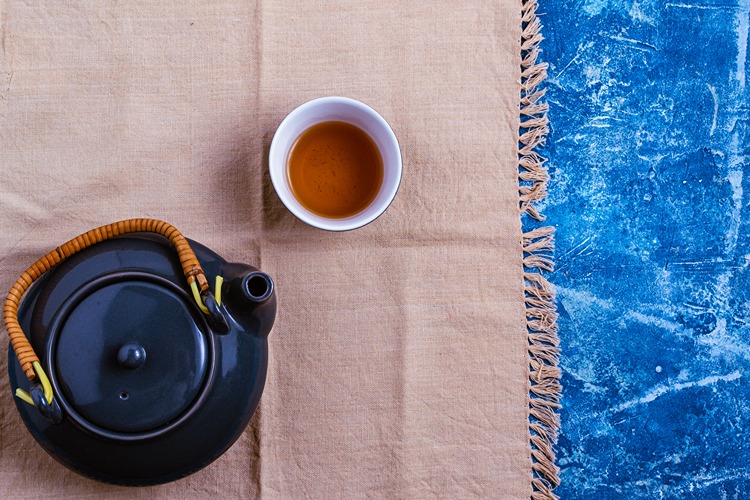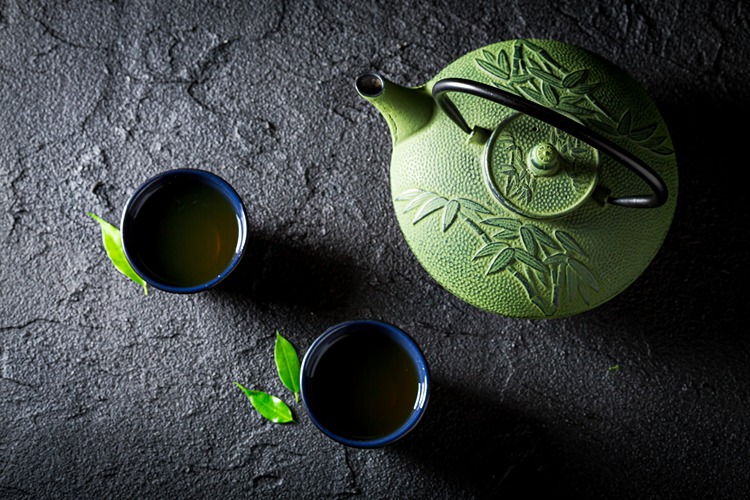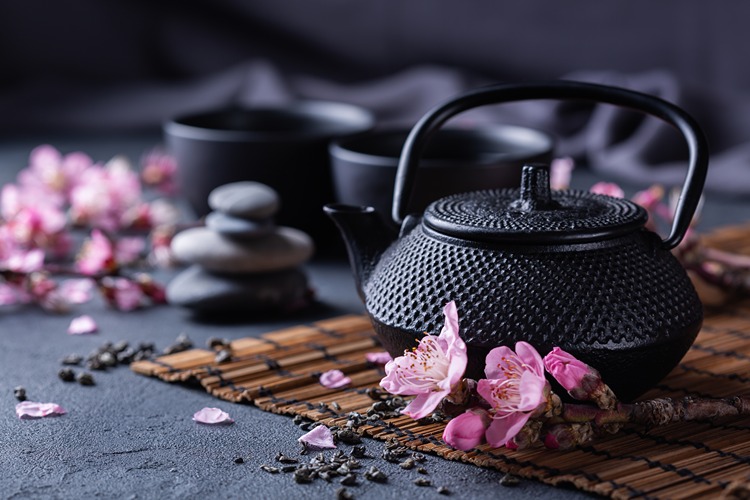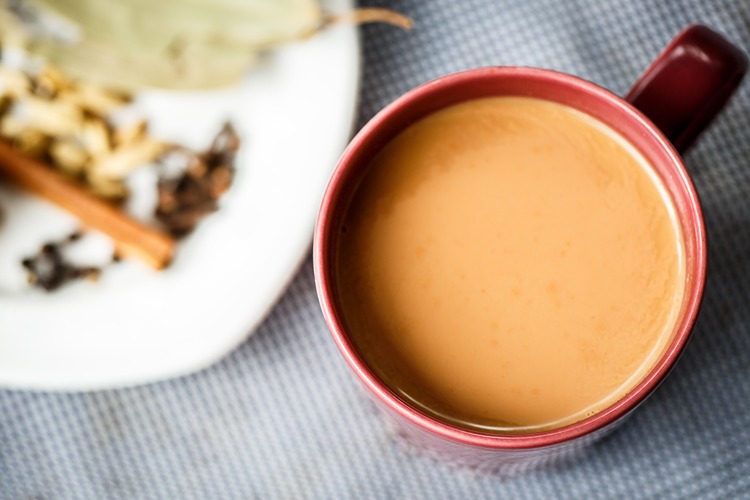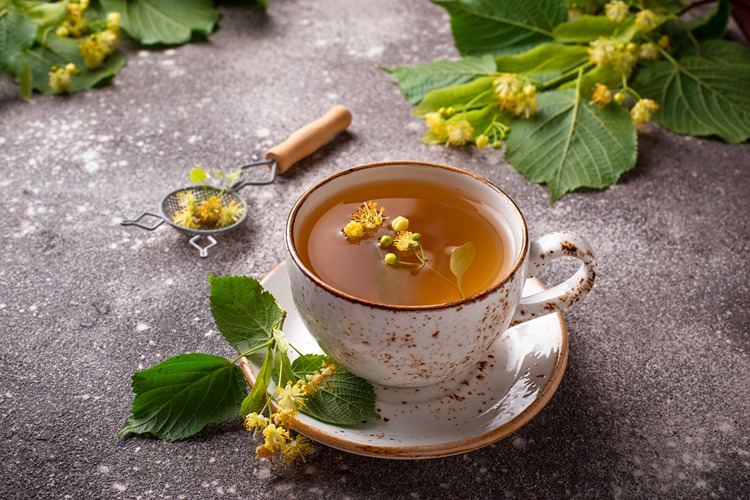Tea is not merely a drink—it’s a globally cherished tradition steeped in culture, lifestyle, and comfort. The ritual of brewing, steeping, and savoring a cup of tea is a timeless act that resonates with generations past and present. However, one question has been stirring debates among tea lovers and connoisseurs: is loose leaf superior to tea bags? In this comprehensive brewing guide, we will explore the differences, pros, and cons of both methods, shedding light on this age-old debate.
The Art of Tea: What is Loose Leaf Tea and Tea Bags?
Before delving into the comparison, it’s crucial to understand what loose leaf tea and tea bags are. Loose leaf tea refers to whole or broken tea leaves sold in bulk, while tea bags contain small particles or “dust” of tea leaves, usually encased in a paper, silk, or nylon bag. The choice between the two often comes down to factors such as quality, taste, brewing time, and convenience.
A Deep Dive into Quality: The Fundamental Difference
The quality of your brew is determined mainly by the quality of the tea you use. Generally, loose leaf teas are considered superior in quality as they often contain more whole leaves. The whole leaves retain more of their natural oils, contributing to a more nuanced and rich flavor profile. On the other hand, tea bags often contain smaller pieces and dust of tea leaves, which may have lost some of their flavors and aromas due to increased exposure to air.
The Battle of Flavors: Loose Leaf Tea vs. Tea Bags
Tea enthusiasts often prefer loose leaf tea because of the complex and robust flavors it can offer. This is due to the larger surface area of whole tea leaves, which allows for a greater extraction of flavors, oils, and aroma during the steeping process. In contrast, the smaller, broken leaves found in tea bags tend to give off their flavors quickly but lack the depth and fullness associated with loose leaf tea.
Eco-Friendliness: Considering the Environment
Another factor to consider when choosing between loose leaf tea and tea bags is their environmental impact. Generally, loose leaf tea is more eco-friendly. It requires less processing and packaging, reducing waste and carbon emissions. In contrast, tea bags often involve more processing and are sometimes packaged individually in non-biodegradable materials.
A Closer Look: The Pros and Cons of Loose Leaf Tea and Tea Bags
Loose Leaf Tea: The Artisan’s Choice
Loose leaf tea is often the choice of connoisseurs and those who truly savor the tea-drinking experience. It presents an opportunity to delve into a world of intricate flavors and exquisite brewing rituals. However, there are some considerations to keep in mind.
- Pro: Superior Quality and Flavor – Loose leaf tea often offers a fuller, more complex flavor profile and higher quality compared to tea bags.
- Pro: More Varieties – There’s a wider variety of loose leaf tea available, offering you an expansive world of flavors to explore.
- Con: More Equipment – Brewing loose leaf tea requires a tea infuser or teapot, which may add to the initial cost and cleanup time.
- Con: More Time-Consuming – It takes a bit more time to measure, steep, and clean up loose leaf tea compared to tea bags.
Tea Bags: The Choice of Convenience
For many, tea bags offer a convenient and quick way to enjoy a hot cup of tea. They’re perfect for busy mornings or office settings where time is of the essence. But there are a few drawbacks to consider.
- Pro: Convenience – Tea bags are easy to use and dispose of, making them ideal for those on the go or with limited time.
- Pro: Consistency – Because the amount of tea in each bag is pre-measured, it’s easy to get a consistent brew every time.
- Con: Limited Flavor – The tea used in tea bags is often of lower quality, which may result in a less robust and complex flavor profile.
- Con: Less Variety – There are fewer varieties of tea available in bag form compared to loose leaf.
Understanding Health Benefits: The Power of Organic Tea Blends
Regardless of your preference for loose leaf or tea bags, organic tea blends are loaded with health benefits. They are rich in antioxidants, polyphenols, vitamins, and minerals that contribute to overall well-being.
- Rich in Antioxidants – Organic tea blends, especially green and white teas, are packed with antioxidants, which help combat oxidative stress and inflammation in the body.
- Boosts Immune System – Teas like green tea and chamomile can support the immune system, helping to ward off common illnesses.
- Promotes Heart Health – Regular tea consumption has been linked to a reduced risk of heart disease and stroke, thanks to their high flavonoid content.
- Aids in Digestion – Certain herbal teas, such as peppermint and ginger, are known to aid digestion and soothe stomach issues.
How to Brew: A Step-By-Step Guide
Regardless of whether you choose loose leaf or tea bags, the way you brew your tea can significantly impact its taste. Here’s a general guide to help you perfect your brewing method:
Loose Leaf Tea
- Measure the Tea: Start by measuring the tea. Typically, use one teaspoon of loose leaf tea for every 8 oz of water.
- Heat the Water: The ideal temperature varies based on the type of tea. For example, green tea is best with slightly cooler water, around 175°F, while black and herbal teas can handle boiling water at 212°F.
- Steep the Tea: Pour the heated water over your tea leaves, and allow them to steep. The steeping time will depend on the tea type, but typically it’s between 2 to 5 minutes.
- Strain and Serve: Once the tea has steeped, strain the tea leaves and pour the tea into your cup. Enjoy it as is, or add sweeteners or milk to taste.
Tea Bags
- Place the Tea Bag in Your Cup: Simply place your tea bag into your empty cup. One tea bag is enough for an 8 oz cup of tea.
- Heat the Water: Just like with loose leaf tea, the temperature of the water depends on the type of tea. Generally, green tea requires cooler water than black or herbal teas.
- Step the Tea: Pour the hot water over the tea bag and let it steep. Steeping times are similar to those of loose leaf tea.
- Remove the Tea Bag and Serve: After steeping, remove the tea bag. Be careful not to squeeze the bag, as it could release tannins that make the tea taste bitter. Enjoy your tea as is or add your preferred condiments.
Frequently Asked Questions: Demystifying Common Queries
Q: Is loose leaf tea better than tea bags?
A: It can depend on what you value in your tea experience. If you prioritize flavor, variety, and eco-friendliness, you might lean towards loose leaf tea. However, if convenience and consistency are your primary concerns, tea bags could be your perfect brew.
Q: How should I store my tea?
A: To maintain freshness, store your tea in a cool, dry place away from light, moisture, and strong odors. An airtight container is ideal.
Q: Can I reuse my tea leaves or tea bags?
A: Yes, many types of tea can be steeped multiple times. However, each subsequent steep may result in a weaker flavor.
Q: Can I compost my used tea leaves or tea bags?
A: Used tea leaves are compostable and beneficial for gardens. If you wish to compost tea bags, make sure they’re made from compostable materials such as paper or silk.
Bottom Line
The decision between loose leaf tea and tea bags comes down to personal preference. Loose leaf tea offers more variety and a richer flavor profile, making it a great choice for the more adventurous and discerning tea lovers. On the other hand, tea bags offer convenience and consistency, making them a practical choice for those who prefer a quick and straightforward brewing process.
Regardless of your choice, enjoying a cup of tea is a time-honored tradition that offers not only comfort but also a host of health benefits, especially when opting for organic tea blends. So, find your favorite brew, steep a cup, and savor the moment.

